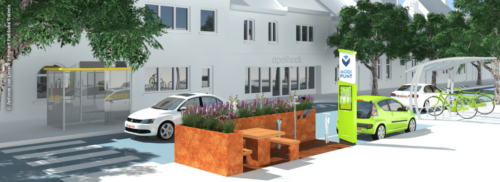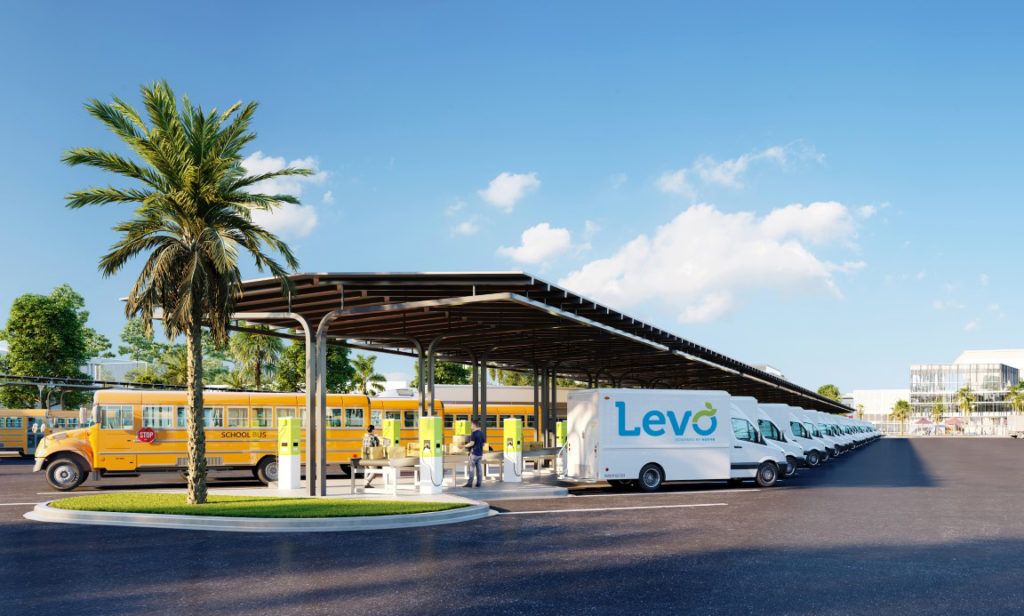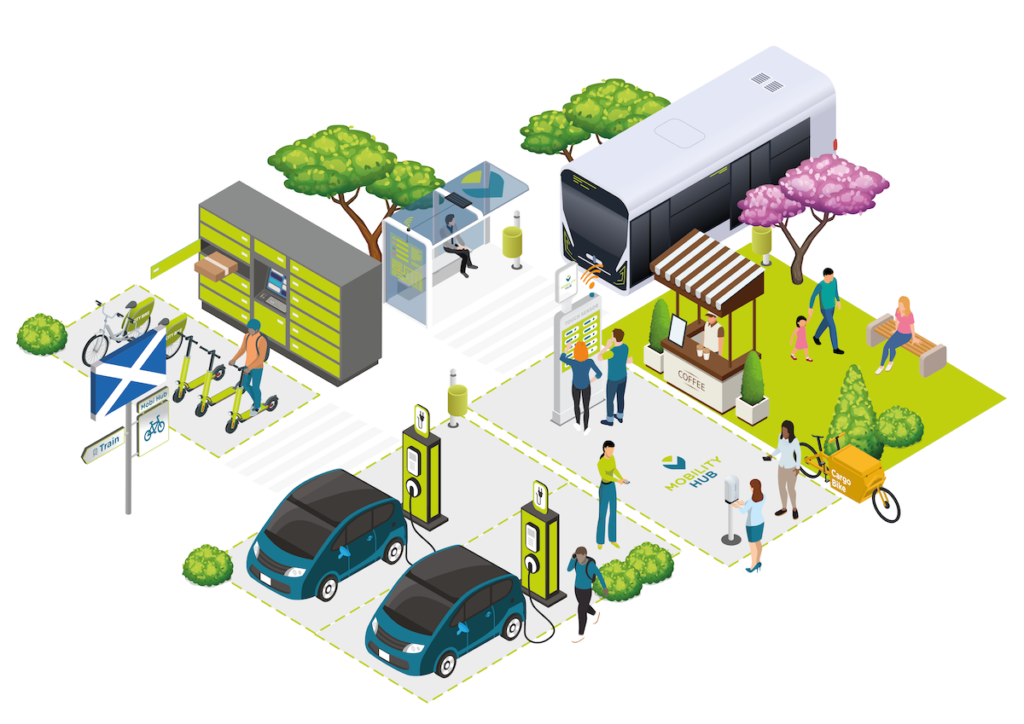
Funding Our Future: The EV Transition Requires Infrastructure that Inspires Confidence and Powers All Communities
This article is part of RMI’s “Funding Our Future: Investing for Climate Impact” series, in which we discuss how we are informing the federal government about how federal infrastructure funds should be spent to help tackle climate change.
This week, the US Department of Transportation will release initial guidance on how it will make its first major investment in a nationwide electric vehicle (EV) charging network. The historic $7.5 billion in new funding—passed in last year’s infrastructure bill—is a massive opportunity to tackle our country’s largest source of emissions: the transportation sector. It’s also the United States’ chance to create a robust, convenient, and equitably sited charging network—where more communities have access to stations that can power cleaner modes of transportation.
From the largest metropolitan areas in the United States like New York City to rural communities in Georgia, we need cleaner, more affordable, and efficient transportation options if we are going to solve climate change in a way that uplifts communities. Spent wisely, the $7.5 billion in EV charging funding can help us deliver the national backbone for a far superior fast charging network than exists today. It can also prioritize infrastructure investments in both disadvantaged and underrepresented communities.
A National Backbone for Faster, Reliable, and More Convenient Charging
To promote widescale adoption of electric vehicles, we need to make it convenient and efficient for all people. DC fast chargers (chargers capable of powering the electric vehicle’s battery to 80 percent in less than 20 minutes) are critical to achieving that—both technologically and because people value convenience. If we only install more of the same chargers and stations that we have today, with no improvements in reliability and consumer experience, this program will fail to deliver on the consumer confidence that’s needed to truly decarbonize the transportation sector.
A visible, robust, and reliable fast-charging network across the approximately 165,000 miles of the national highway system—which connects all major urban areas and large swaths of rural areas—will deliver the most value in driving awareness and consumer confidence. Funding a new generation of highly reliable fast charging stations at every 100 miles of the national highway system at minimum would provide 1,650 high-quality stations for convenient use. Each site would offer eight DC fast chargers, located within a quarter mile from the highway, and cost less than $2 billion to build out (a fraction of the total $7.5 billion investment). This leaves ample funding within the planned programs for the administration to work with state, city, and local stakeholders to ensure the remaining investments meet community needs.
Charging that Powers Our Communities
Right now, RMI is working with Climate Mayors and the National League of Cities—and the over 2,000 cities and towns they represent—in urging the federal government to use these funds in a way that maximizes benefits for communities, the economy, and the planet.
As we plan for a climate-resilient future, affordable places to live, easier ways to get around, and healthier environments go hand in hand. To successfully incorporate these priorities into an EV charging network, the Department of Transportation must prioritize community input. Local and city governments have a better understanding of the mobility needs of their communities and how programs should be designed to promote equitable access to charging. This could include prioritizing charging infrastructure in neighborhoods with multi-unit housing (such as apartments and condominiums), ensuring EV ownership is met with the necessary charging infrastructure investments in low-income communities, and providing charging solutions at workplaces and at popular local and regional destinations.
Cities and local governments also understand how critical it is to not only electrify the vast car market, but also to support other types of zero-emissions mobility. From buses, to trucks, to bikes, to scooters, cities and local governments are in the business of electrifying everything. Federal programs should consider a charging network that can support the electrification of all modes of mobility.

For example, the state of Michigan, the auto capital of the country (and a place already seeing the economic benefits of rapidly transitioning to cleaner cars), has plans in motion to build out a wireless charging network in the center of Detroit’s city center. This will make charging available near more peoples’ residences and will provide a network compatible with charging electric buses, trucks, and cars.
A Safer, Shared, Cleaner Way to Travel
Investments from the infrastructure bill should also be targeted toward communities that have disproportionately suffered the long legacy of pollution from combustion engine vehicles, while also lacking access to cleaner mobility alternatives. With this funding, the DoT can incentivize cities and states to take additional actions that make electric vehicles more affordable for more people, by rewarding local governments that pass policies and implement programs to improve affordability of EV access.
With this once-in-a-generation funding opportunity, we need to not only install charging infrastructure, but also re-envision the fueling stations of today. The 150,000 gasoline stations that exist across the United States were not built with pedestrians, cyclists, or people with disabilities in mind.
Picture what city planners call “multi-modal hubs”—community spaces where we could safely charge our cars, bikes, or scooters near to where we live, shop, study, or work. These hubs can be built in a way that’s traversable by foot, bike, wheelchair, transit, and car; and co-located with other modes of transportation to allow for switching between modes.

Building Better Transportation
The United States needs 70 million EVs and a 20 percent reduction in vehicle miles traveled (a way we measure transportation emissions—the total miles traveled in a vehicle each year per person) by 2030 to keep us safe from the worst impacts of climate change.
Massively scaling EV adoption and shared mobility solutions can help us reach that goal—while making communities healthier, creating jobs, and increasing equitable access to transportation along the way. With this $7.5 billion historic funding opportunity to help us advance and clean up our transportation sector, EV infrastructure must be built with every community in mind.
Header image courtesy of SHARE-North
